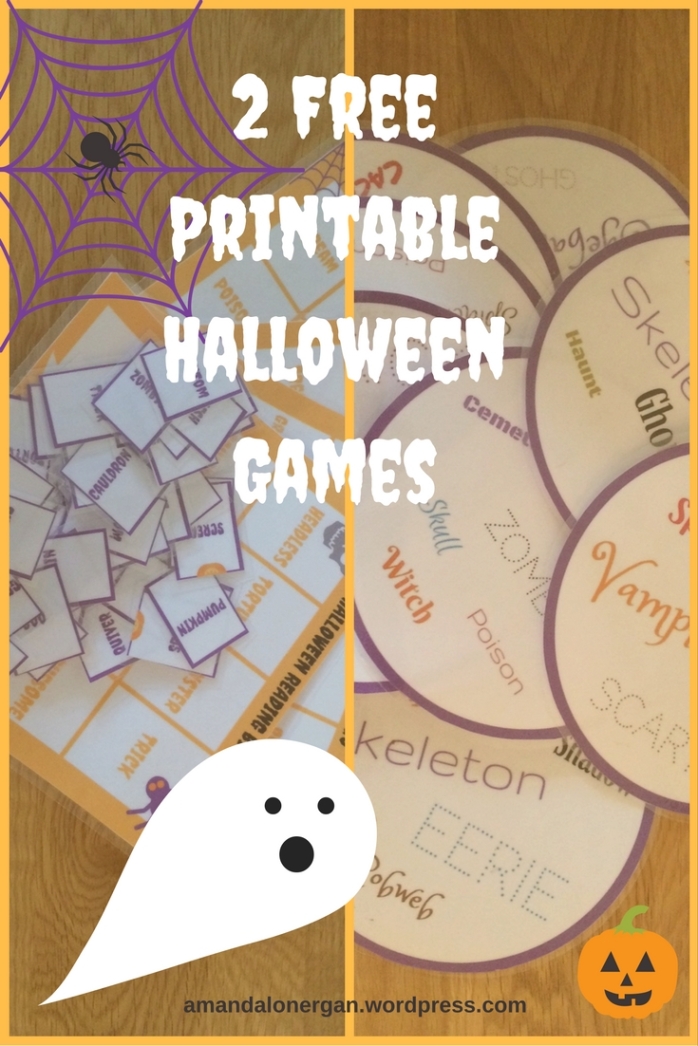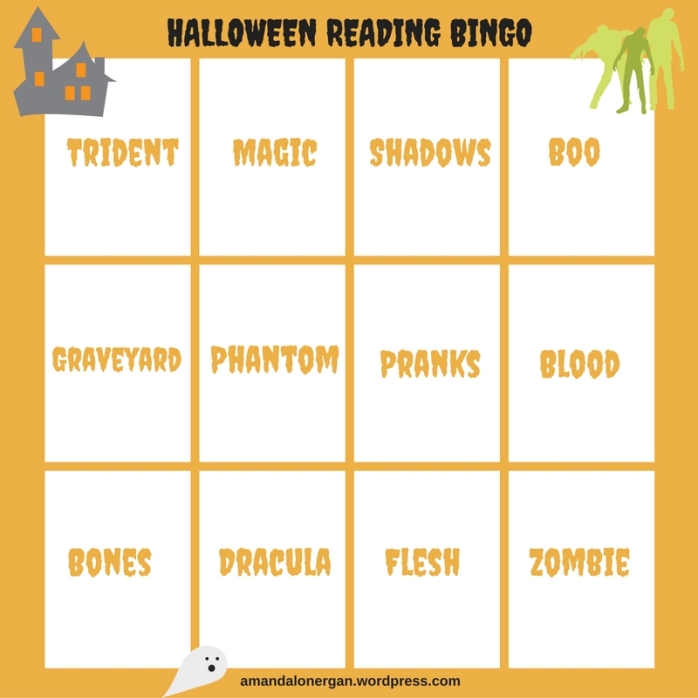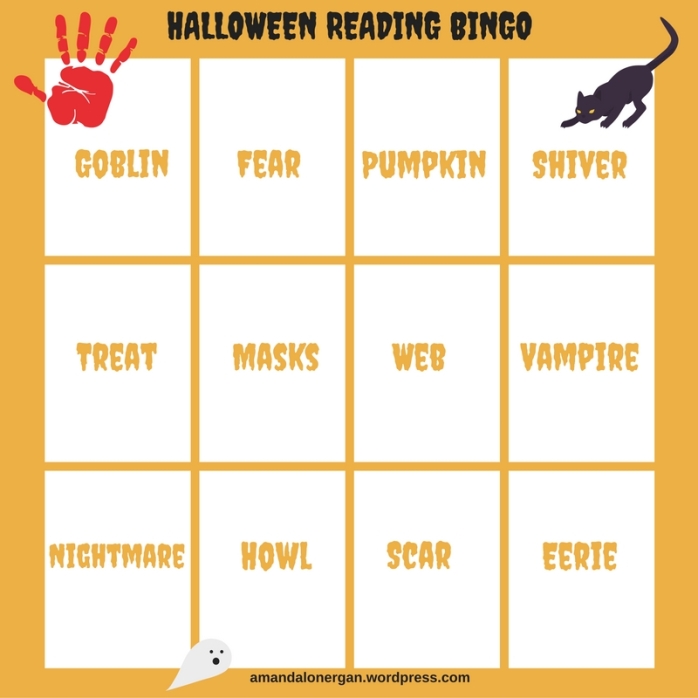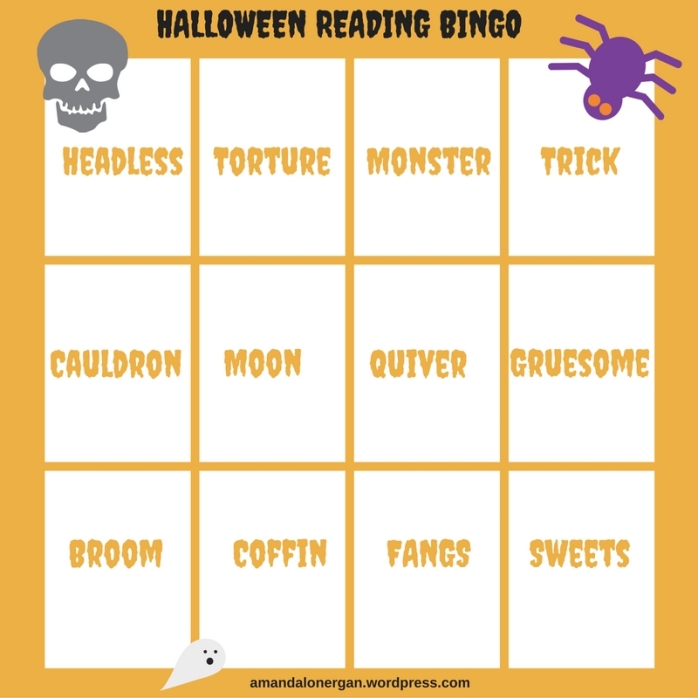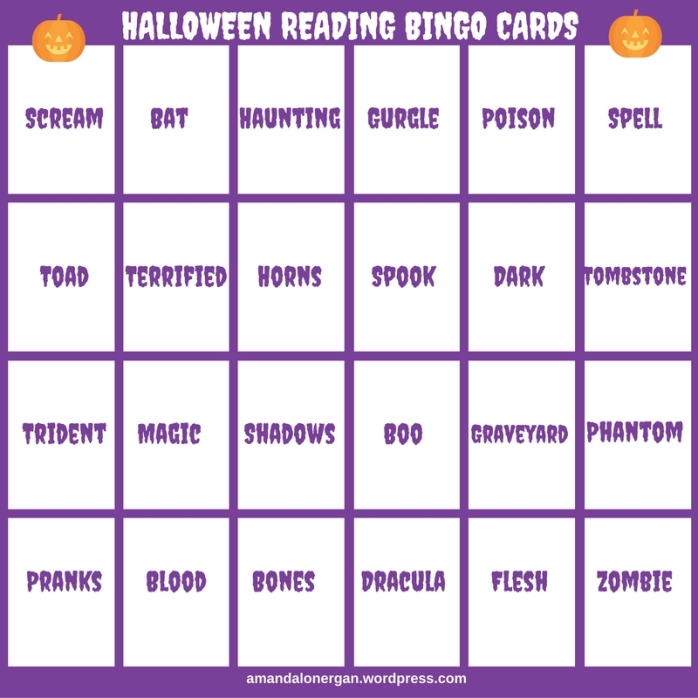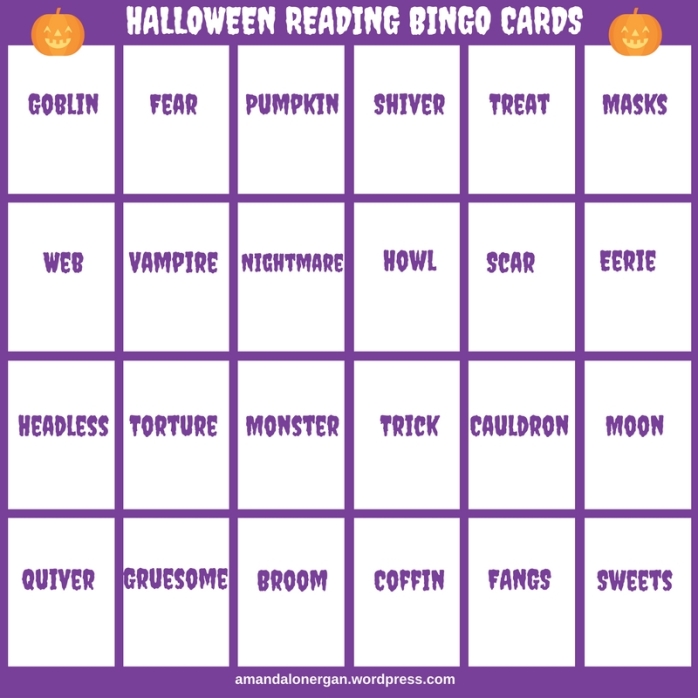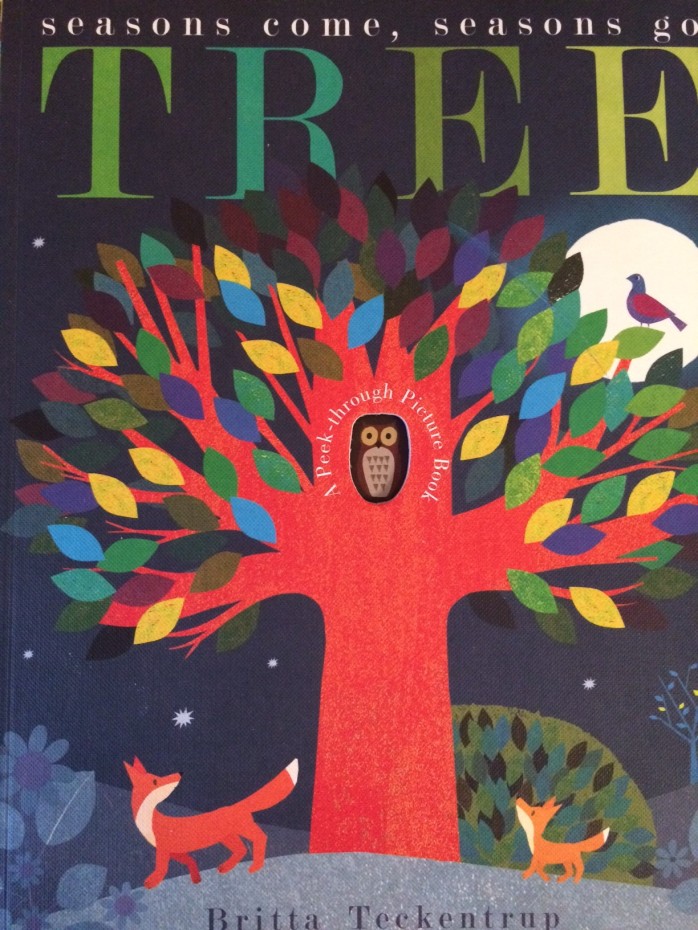
My six year old boy isn’t a reluctant reader as such but if I ask him to read a book that he thinks he can’t manage he’s easily put off. Whilst I will only suggest books which I think he can cope with there’s often other ideas going on in that head of his. Without a doubt, foremost he still adores many picture books but he’s now becoming interested in longer stories despite it being obvious he still lacks the confidence to tackle them head on.
I’ve therefore been looking for books which bridge the gap between picture books and longer chapter books; ones which make the transition less obvious. The general rule of thumb is to pick books which have early reader across the top of the front cover. Early reader books are smaller than picture books and although the font size varies between books that too is generally reduced. On the whole they’re also split into short chapters but predominantly still focus on less text and more illustrations. Horrid Henrys & Early Readers 20 Children’s Books Collection Box Set Illustrated by Francesca Simon is an obvious choice within this category. However for some reason despite his school book bag being packed full of early reader books my son steers well clear of these at home. I think perhaps he associates these types of books with school. So I’ve spent some time searching for chapter books which contain the same features as early reader books but maybe look a little less educational! It hasn’t been easy. There are several within this category of which he loves the story and is happy for me to read to him but if any suggestion is made for him to read them to me he quickly loses interest. I’ve therefore tried to follow his lead on this. It’s involved offering a large variety of books and much trial and error. However the following six books are all ones which he often picks up and reads by himself without any prompting.
by Francesca Simon is an obvious choice within this category. However for some reason despite his school book bag being packed full of early reader books my son steers well clear of these at home. I think perhaps he associates these types of books with school. So I’ve spent some time searching for chapter books which contain the same features as early reader books but maybe look a little less educational! It hasn’t been easy. There are several within this category of which he loves the story and is happy for me to read to him but if any suggestion is made for him to read them to me he quickly loses interest. I’ve therefore tried to follow his lead on this. It’s involved offering a large variety of books and much trial and error. However the following six books are all ones which he often picks up and reads by himself without any prompting.


Stink, The Incredible Shrinking Kid by Megan McDonald (author) & Peter H. Reynolds (illustrator). Published: Walker Books Ltd, 2006.
This has been around for a while and is the first in a spin off series from the author’s Judy Moody series as Stink is Judy’s little brother James. In this book we follow Stink through from his experience of shrinking to dealing with an escaping class newt and being the recipient of an un-birthday party. An amusing story with a light-hearted tone encouraging children to be happy with who they are. The large text and frequent illustrations made this book a popular choice.
CLICK TO BUY Stink: The Incredible Shrinking Kid


Wigglesbottom Primary, The Magic Hamster by Pamela Butchart (author) & Becka Moor (illustrator). Published: Nosy Crow Ltd, 2016.
I knew this title would get my youngest’s attention. The mix of magic, hamsters and friendship was everything he loves all rolled into one. He was happy to take this one away and read it on his own instead of watching TV so it gets full marks from me. This is just one out of a growing series of books set in Wigglesbottom Primary and it’s a lovely example of the dual colour palette and shiny pages I’m seeing more and more of for this age range. Somehow this design seems to enhance the contemporary feel of the book for me. This particular book is split into three separate stories, the first being about the magic hamster.
CLICK TO BUY Wigglesbottom Primary: The Magic Hamster


Action Dogs, Ocean of Peril by Steve Barlow and Steve Skidmore (authors) & Martin Chatterton (illustrator). Published: Usborne Publishing Ltd, 2012.
My youngest was very keen to read this one to me and despite some words being beyond his vocabulary level he has happily persisted. Action Dogs is a graphic novel with comic style speech bubbles, black and white illustrations, moody cats and clumsy heroes with high tech gadgets and disastrous plans. The font is smaller than that of other books but it has been split into twenty-five manageable sections. A book packed with drama and mishaps galore.
CLICK TO BUY Action Dogs: Ocean of Peril (Book 1)


The Chicken Squad, The First Misadventure by Doreen Cronin (author) & Kevin Cornell (illustrator). Published: Atheneum Books for Young Readers; Reprint ed. Edition, 2015.
These cute baby chickens are full of character and brave beyond their size. Split between an introduction, nine chapters and an epilogue, this book works well as a gentle introduction for young readers to a traditional book layout but with large text. The black and white illustrations express a range of emotions as the chickens go in search of the scary thing that has got Tail and squirrel all worked up.
CLICK TO BUY The Chicken Squad: The First Misadventure


Squishy McFluff, The Invisible Cat by Pip Jones (author) & Ella Okstad (illustrator). Published: Faber & Faber Ltd 2014.
The large text and a dual pastel palate used to highlight expressive black and white sketches makes this book a pleasure to look at. The story is split into three short rhyming chapters about a little girl Ava and her invisible kitten who likes to get into mischief. Stories written in rhyme are often very appealing to new readers as the predictability of rhyme can help them interpret the text more easily. Squishy’s funny melodic rhyming adventures are a prime example of this. Pip Jones has had five more published since this one as part of the series.
CLICK TO BUY Squishy McFluff: The Invisible Cat!


Claude, Going for Gold by Alex T. Smith (author / illustrator). Published: Hodder Children’s Books 2016.
Going for Gold is the latest in a superb series. Although the Claude stories aren’t split into chapters they are a must for early readers. Our entire family are huge fans of the comical French dog Claude and his best friend Sir Bobblysock. It’s extremely amusing on many levels and complimented by the eccentric illustrations splashed with red. Claude is cast as a lovable accidental hero who is always up for trying new things. Accompanied by his friend Sir Bobblysock, who doesn’t like getting dirty and prefers to do as little as he possibly can, they regularly slip out of the house in search of adventure whilst their owners are at work.
CLICK TO BUY Claude Going for Gold!
I’ll be posting some more short reviews here and on my Facebook page over the summer holidays of picture books as well as easy reader books for 6-8 year olds so hopefully everyone can find at least one to keep each little one keen to read this summer.
Source: Library or private collection.
NOTE: Books for Children Blog is a participant in the Amazon EU Associates Programme, an affiliate advertising programme designed to provide a means for sites to earn advertising fees by advertising and linking to Amazon.co.uk
#BFCB #BooksForChildrenBlog
@lonerganbooks
